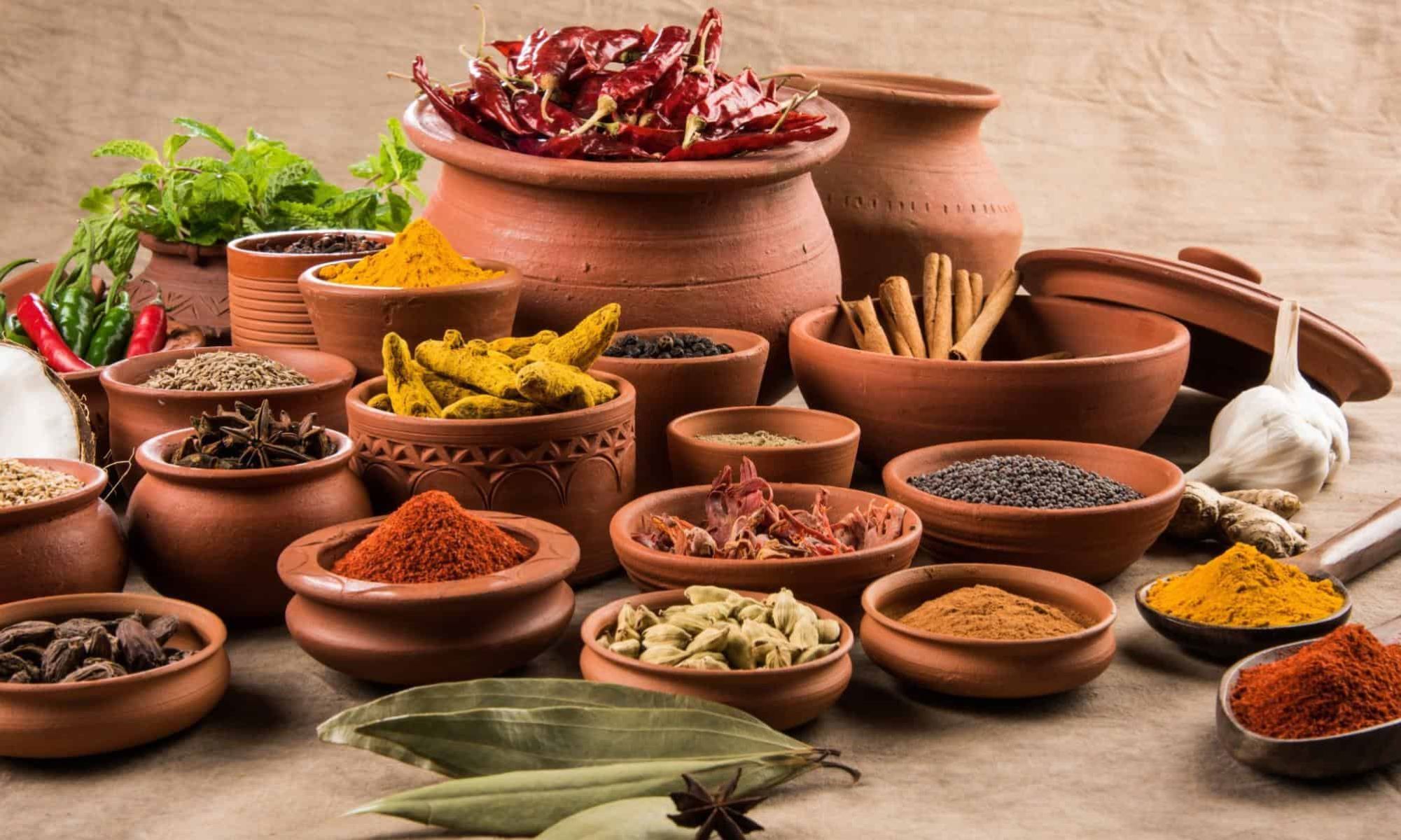

Articles
How To Store Indian Spices
Modified: January 6, 2024
Discover the essential articles on how to store Indian spices properly to maintain their freshness and flavor. Find expert tips and techniques for preserving the quality of your favorite spices.
(Many of the links in this article redirect to a specific reviewed product. Your purchase of these products through affiliate links helps to generate commission for Storables.com, at no extra cost. Learn more)
Introduction
Indian cuisine is renowned for its vibrant flavors and aromatic spices. Whether it’s the rich and complex flavors of garam masala or the fiery heat of chili powder, Indian spices play a crucial role in elevating the taste of traditional dishes. To truly enjoy the authentic flavors of Indian cooking, it is essential to store these spices properly to ensure their freshness and potency.
Proper storage not only helps in preserving the flavors of the spices but also extends their shelf life, ensuring that you can enjoy their essence for an extended period. Understanding the art of storing Indian spices is vital for any cooking enthusiast who wants to delve into this diverse and captivating cuisine.
In this article, we will explore everything you need to know about storing Indian spices. From factors to consider before storing to recommended storage methods, you will discover practical tips and tricks to maintain the quality and freshness of your Indian spice collection. Whether you are a seasoned cook or just starting your culinary journey, this guide will empower you to store your Indian spices effectively.
Key Takeaways:
- Properly storing Indian spices in airtight containers, away from heat and light, preserves their flavor and aroma. Organize and label your spice collection for easy access and extended shelf life.
- Extending the shelf life of Indian spices involves buying in small quantities, using quality sources, and conducting regular sensory evaluations. By following these guidelines, you can savor the authentic flavors of Indian cuisine.
Read more: How To Store Indian Clothes
Understanding Indian Spices
Indian spices are the backbone of Indian cuisine, providing the distinct flavors, aromas, and colors that make the dishes so unique. Indian spices are known for their robustness and complexity, with each spice having its own distinct characteristics and culinary uses.
The key to harnessing the full potential of Indian spices lies in understanding their flavor profiles and knowing when and how to use them in cooking. Here are some commonly used Indian spices:
- Turmeric: This vibrant yellow spice adds a warm, earthy flavor and a beautiful golden color to dishes. It is known for its anti-inflammatory properties and is widely used in Indian cooking.
- Cumin: Cumin seeds have a warm and slightly nutty flavor. They are used whole or ground to enhance the taste of curries, rice dishes, and spice blends.
- Coriander: Coriander seeds have a citrusy, lemon-like flavor and are commonly used in curries and spice blends. The fresh leaves, known as cilantro, are also widely used in Indian cooking.
- Cardamom: Cardamom pods contain aromatic black seeds that have a sweet, floral, and slightly spicy flavor. They are often used in both sweet and savory dishes, as well as in tea blends.
- Cloves: Known for their warm, sweet, and slightly pungent flavor, cloves are used whole or ground to add depth to curries, rice dishes, and beverages.
- Cinnamon: Cinnamon is a warm and sweet spice that adds a delightful touch to both sweet and savory dishes. It is often used in biryanis, desserts, and spice blends.
These are just a few examples of the many spices used in Indian cuisine. Each spice brings its own unique flavor and aroma to the table, transforming ordinary dishes into extraordinary culinary experiences.
Now that you have a better understanding of Indian spices, let’s dive into the essential factors to consider when storing them to ensure their freshness and potency.
Factors to Consider Before Storing Indian Spices
Before you start storing your Indian spices, it is important to take certain factors into consideration to ensure optimal preservation of their flavor and quality. Here are some key factors to keep in mind:
- Airtight Containers: Indian spices are highly susceptible to moisture, air, and light, which can cause them to lose their potency and flavor. Therefore, it is crucial to store them in airtight containers that provide a barrier against these elements.
- UV Protection: Exposure to direct sunlight can degrade the quality of spices over time. Ensure that your storage containers are made of dark-colored glass or opaque materials that protect the spices from harmful UV rays.
- Cool and Dark Storage: Heat and light can accelerate the deterioration of spices. Store your spices in a cool, dark place, away from heat sources such as stovetops, ovens, or sunlight. A pantry or cupboard away from the kitchen’s heat is an ideal spot.
- Temperature Control: Fluctuations in temperature can affect the flavor and shelf life of spices. Aim for a consistent and moderate temperature, avoiding extreme heat or cold. Proper temperature control will help preserve the flavor and potency of your spices.
- Freshness: Always start with fresh spices for maximum flavor. Purchase spices in small quantities to ensure that you are using them at their peak freshness. Spice blends or ground spices have a shorter shelf life compared to whole spices, so it’s best to grind or crush them as needed.
- Storage Duration: While spices do not technically expire, they do lose their flavor and potency over time. It is beneficial to keep track of the purchase date or the date of grinding the spices to ensure that you use them within a reasonable timeframe. Replace older spices to maintain the best quality.
By considering these factors, you can create an environment that preserves the flavor, aroma, and potency of your Indian spices, allowing you to enjoy their full potential in your cooking. Now that you are aware of the important factors, let’s proceed to the common mistakes to avoid while storing Indian spices.
Common Mistakes to Avoid While Storing Indian Spices
When it comes to storing Indian spices, there are some common mistakes that people often make, unknowingly compromising the quality and flavor of their spices. By being aware of these mistakes, you can ensure that your spices stay fresh and potent for longer. Here are a few mistakes to avoid:
- Storing Spices in Clear Containers: Transparent containers may look aesthetically pleasing, but they expose the spices to light, which can degrade their flavor and potency. Opt for opaque or dark-colored storage containers to protect your spices from harmful UV rays.
- Storing Spices Near Heat Sources: Heat can cause spices to lose their flavor and aroma quickly. Avoid storing spices near stovetops, ovens, or other heat-emitting appliances. Choose a cool and dry location, away from direct sources of heat.
- Not Using Airtight Containers: Exposure to air leads to the loss of essential oils and flavor in spices. Always store your Indian spices in airtight containers to preserve their freshness and quality for a longer period of time.
- Storing Spices for Too Long: While spices do not necessarily expire, they do lose their potency and flavor over time. Avoid storing spices for too long. Instead, buy small quantities and replenish them frequently to ensure you are using fresh spices.
- Keeping Spices Next to Strong Odors: Spices are highly aromatic and can absorb the odors of other foods. Avoid storing spices near strong-smelling ingredients such as onions, garlic, or cleaning products, as this can alter their delicate flavors.
- Not Grinding Whole Spices When Needed: Whole spices have a longer shelf life compared to ground spices. It is best to grind or crush whole spices just before using them to retain their optimal flavor profile. Grinding them in small batches helps to maintain their freshness.
Avoiding these common mistakes will go a long way in preserving the quality and flavor of your Indian spices. By storing them properly and taking care of their specific storage requirements, you can ensure that your spices remain potent and aromatic, enhancing the overall taste of your dishes. Next, let’s explore the recommended storage methods for different types of Indian spices.
Recommended Storage Methods for Indian Spices
To ensure the longevity and flavor retention of your Indian spices, it is important to use the right storage methods. Here are some recommended storage methods for different types of Indian spices:
Storing Whole Indian Spices:
- Whole spices, such as cinnamon sticks, cardamom pods, and cloves, have a longer shelf life compared to ground spices. Store them in airtight containers, such as glass jars with tight-fitting lids or sealed metal tins.
- Keep whole spices in a cool, dark place away from moisture and heat. Avoid storing them near the stovetop or in direct sunlight, as this can affect their flavor and aroma.
- Consider using spice jars or containers with labels to keep track of the types of whole spices and their purchase or grinding dates.
Storing Ground Indian Spices:
- Ground spices, such as turmeric, cumin, and coriander, have a shorter shelf life compared to their whole counterparts. It is best to grind these spices as needed to maintain their freshness.
- Store ground spices in airtight containers, preferably glass jars with tight lids or small spice containers with shaker tops for easy measuring and dispensing.
- Keep ground spices in a cool, dark place away from direct heat and sunlight to preserve their flavor and color.
- Avoid storing ground spices near the stove or other heat-emitting appliances, as the heat can cause them to lose their potency quickly.
Organizing and Labeling Indian Spices:
- Keep your spice collection organized with a dedicated spice rack or drawer. This makes it easier to locate and access the spices when cooking.
- Label your spice containers to identify the name of each spice and its expiration or grinding date. This helps in tracking the freshness and shelf life of different spices.
- Consider using clear spice labels or a label maker to create uniform and legible labels for easy identification.
By following these recommended storage methods, you can ensure that your Indian spices remain fresh, flavorful, and aromatic for an extended period. Proper storage not only preserves the quality of the spices but also enhances the overall cooking experience. In the next sections, we will explore tips for extending the shelf life of Indian spices and specific storage recommendations for some popular Indian spices.
Read more: How To Store Indian Jewelry
Storing Whole Indian Spices
Whole spices, such as cinnamon sticks, cardamom pods, and cloves, are essential ingredients in Indian cuisine. They have a longer shelf life compared to ground spices and require specific storage techniques to maintain their freshness and flavor. Here are some tips for storing whole Indian spices:
- Airtight Containers: Store whole spices in airtight containers, such as glass jars with tight-fitting lids or sealed metal tins. Make sure the containers are clean and dry before storing the spices.
- Cool and Dark Storage: Choose a cool and dark location to store your whole spices. A dry pantry or cupboard away from heat sources like the stovetop is ideal. Avoid storing them near windows or in direct sunlight, as exposure to light can degrade their flavor and aroma.
- Whole or Grind as Needed: It is best to keep whole spices intact until you are ready to use them. Grinding or crushing them releases their flavors, so it is recommended to do this just before incorporating them into your recipes. This way, you can enjoy the freshest and most potent flavors possible.
- Consider Storage Duration: While whole spices have a longer shelf life compared to ground spices, they still lose their potency over time. It is best to use them within 1-2 years for optimal flavor. Keep track of the purchase or harvest date, and replace older spices with fresh ones to maintain the best quality.
By following these recommendations, you can preserve the aroma and flavor of whole Indian spices for an extended period. Keeping them in airtight containers, away from light and heat, helps to maintain their freshness and potency. Remember to grind or crush them just before use to fully unlock their flavors.
In the next sections, we will delve into storing ground Indian spices and learn about helpful tips for organizing and labeling your spice collection.
Storing Ground Indian Spices
Ground spices, such as turmeric, cumin, and coriander, add depth and flavor to Indian dishes. Unlike whole spices, ground spices have a shorter shelf life and require proper storage to maintain their freshness and potency. Here are some tips for storing ground Indian spices:
- Airtight Containers: Transfer ground spices to airtight containers, such as glass jars with tight lids or small spice containers with shaker tops. This helps to seal in the flavors and protect the spices from moisture and air, which can cause them to lose their potency over time.
- Cool and Dark Storage: Store ground spices in a cool, dark place to preserve their flavor and color. Avoid storing them near the stove, as the heat can quickly degrade their quality.
- Labeling and Expiration Dates: Properly label your ground spice containers with the name of the spice and the date of grinding or expiration. This helps in identifying the freshness of the spices and ensures that you use them within their recommended shelf life.
- Grind in Small Batches: To maintain maximum freshness, it is best to grind or crush your spices in small batches as needed. This helps to retain the flavors and essential oils, enhancing the overall taste of your dishes.
- Replace Old Spices: Ground spices tend to lose their potency and flavor over time. It is advisable to replace them every 6 to 12 months to ensure that you are using the freshest spices in your cooking. Mark your calendar or set reminders to keep track of the expiration dates.
Following these tips will help you keep your ground Indian spices in optimal condition. By storing them in airtight containers, away from heat and light, and using them within their recommended shelf life, you can retain the flavors and aromas of these spices for delicious and authentic Indian cuisine.
Now that you have learned how to properly store both whole and ground Indian spices, let’s explore some helpful tips for organizing and labeling your spice collection.
Store Indian spices in airtight containers away from heat and light to preserve their flavor and potency. Label containers with the date of purchase for freshness tracking.
Organizing and Labeling Indian Spices
When it comes to storing Indian spices, organization is key. An organized spice collection not only makes it easier to find the spices you need while cooking but also helps to maintain their freshness and quality. Here are some tips for organizing and labeling your Indian spices:
- Spice Rack or Drawer: Invest in a dedicated spice rack or drawer to keep your spices organized. This will free up space in your pantry or kitchen cabinets and make it convenient to access the spices you need for your recipes.
- Categorize by Type: Group your spices by type, such as whole spices and ground spices. This arrangement makes it easier to locate the specific spice you need when cooking.
- Alphabetical Order: Consider organizing your spices in alphabetical order within each category. This method allows for quick and easy reference, especially when you are in a hurry while cooking.
- Labeling: Proper labeling is essential for an organized spice collection. Label each spice container with the name of the spice and the grinding or expiration date. Use clear and legible labels to avoid confusion and ensure accurate identification of each spice.
- Uniform Containers: Using uniform containers for your spices can enhance the aesthetic appeal of your spice collection. Opt for clear glass jars or small spice containers that are stackable and easy to read.
- Spice Labels: Consider using spice labels or a label maker to create consistent and professional-looking labels for your spice containers. This will give your spice collection a neat and cohesive appearance.
- Placement: Place your organized spice collection in a cool, dry, and easily accessible location. Avoid storing them near the stove or in direct sunlight, as heat and light can degrade the quality of the spices.
By keeping your spices organized and properly labeled, you can save time in the kitchen and ensure that your spices remain fresh and flavorful. Whether you choose a spice rack, drawer, or cabinet, establishing an organized system will enhance your cooking experience and help you create delicious dishes with ease.
Now that you have learned how to organize and label your spice collection, let’s explore some tips for extending the shelf life of your Indian spices.
Extending the Shelf Life of Indian Spices
Indian spices are an essential part of your culinary arsenal, and you want to ensure that they remain fresh and potent for as long as possible. To extend the shelf life of your Indian spices, consider the following tips:
- Proper Storage: As mentioned before, store your spices in airtight containers in a cool, dark place. This will protect them from moisture, air, heat, and light, which can accelerate their deterioration.
- Buy in Small Quantities: Spices lose their potency over time, so it’s best to purchase them in small quantities. This way, you can use them up before they start to lose their flavor.
- Quality Sources: Invest in high-quality spices from reputable sources. This ensures that you are starting with fresh and flavorful spices that will have a better shelf life compared to lower-quality options.
- Keep Spices Dry: Moisture is the enemy of spice freshness. To prevent clumping and spoilage, make sure you scoop spices with a clean, dry spoon, and avoid using wet hands when handling them.
- Avoid Excessive Heat: Heat can cause spices to lose their flavor quickly. Avoid storing them in hot areas of the kitchen, such as near the stove or oven.
- Grind Whole Spices as Needed: Whole spices have a longer shelf life compared to ground spices. Grind or crush them just before using to retain freshness. Consider investing in a spice grinder or mortar and pestle for this purpose.
- Keep Spices Away from Strong Odors: Spices have a unique aroma and can absorb strong odors from other ingredients. Store them away from pungent substances like garlic, onion, and cleaning products to maintain their original flavors.
- Regularly Rotate Spices: Use older spices before newer ones to ensure that you are always using the freshest ones. Proper labeling and organizing techniques can help you keep track of spice expiration dates.
Following these tips will help you preserve the quality, flavor, and potency of your Indian spices for an extended period. By taking care of your spices and providing them with the proper storage conditions, you can continue to enjoy the authentic flavors of Indian cuisine in your home cooking.
In the next sections, we will explore specific storage recommendations for some popular Indian spices to help you maximize their shelf life and preserve their aromatic qualities.
Read more: How To Store Chimichurri
Storing Specific Indian Spices: [Spice 1]
[Spice 1] is a versatile and essential spice in Indian cooking. To ensure its longevity and preserve its unique flavor, it is crucial to store it properly. Here are some specific storage recommendations for [Spice 1]:
- Airtight Containers: Store [Spice 1] in airtight containers, such as glass jars or metal tins, to protect it from air, moisture, and light. This will help maintain its flavor and potency over time.
- Cool and Dark Storage: Like other spices, [Spice 1] should be stored in a cool, dark place to prevent it from deteriorating. Avoid exposing it to heat sources or direct sunlight, as this can diminish its quality.
- Whole or Ground: Decide whether you want to keep [Spice 1] as a whole spice or grind it. Whole [Spice 1] has a longer shelf life but retains its flavor longer when ground as needed. If grinding, make sure to store it in an airtight container to maintain its freshness.
- Label and Date: Properly label the container with the name of the spice and the date of purchase or grinding. This way, you can easily track its freshness and ensure that you use it within its optimal shelf life.
- Quality: Always choose high-quality [Spice 1] from reputable sources. This ensures that you are starting with fresh and flavorful spice that will have a longer shelf life compared to lower-quality options.
- Replace When Needed: While [Spice 1] does not technically expire, it will lose its potency and flavor over time. Regularly assess the aroma and taste of your [Spice 1], and replace it when it no longer imparts the desired flavors to your dishes.
By following these storage recommendations, you can extend the shelf life of [Spice 1] and preserve its unique flavor and aroma. Remember to keep it in airtight containers, store it in a cool and dark location, and label it properly to ensure its freshness. With these storage practices in place, you can continue to enjoy the vibrant flavors of [Spice 1] in your Indian culinary creations.
Now, let’s move on to exploring specific storage recommendations for another popular Indian spice.
Storing Specific Indian Spices: [Spice 2]
[Spice 2] is a unique and flavorful spice commonly used in Indian cuisine. To maintain its freshness and preserve its distinct taste, it is essential to store [Spice 2] properly. Here are some specific storage recommendations for [Spice 2]:
- Airtight Containers: Store [Spice 2] in airtight containers, such as glass jars or plastic containers with tight lids. This will prevent exposure to air, moisture, and light, ensuring that [Spice 2] retains its flavor and aroma.
- Cool and Dry Storage: Find a cool and dry place to store [Spice 2]. Avoid areas that are exposed to heat or direct sunlight, as this can lead to flavor degradation. A pantry or cupboard away from the stove is an ideal location.
- Protected from Humidity: Humidity can cause [Spice 2] to clump or become soggy. Always ensure that the container and the storage area are dry to prevent moisture from affecting the quality of the spice.
- Whole or Ground: Consider whether to store [Spice 2] as a whole spice or ground spice. Whole [Spice 2] has a longer shelf life but can be ground as needed for maximum freshness and flavor. If grinding, do so just before using to retain its potency.
- Label and Date: Label the container with the name of the spice and the date of purchase or grinding. This will help you keep track of its freshness and ensure that you use it within the recommended timeframe.
- Quality Control: Choose high-quality [Spice 2] from reputable sources to start with the best possible flavor profile. Quality spices tend to have a longer shelf life and maintain their integrity for a more extended period.
- Sensory Evaluation: Regularly assess the aroma, flavor, and color of [Spice 2]. If there are any changes, such as a loss of aroma or a dull appearance, it may be an indication that the spice has deteriorated and should be replaced.
By following these specific storage recommendations, you can prolong the shelf life of [Spice 2] and preserve its unique taste and aroma. Remember to store it in airtight containers in a cool and dry location, and monitor its quality periodically. With proper storage, you can continue to enjoy the delightful flavors of [Spice 2] in your Indian dishes.
Now, let’s move on to exploring storage recommendations for yet another popular Indian spice.
Storing Specific Indian Spices: [Spice 3]
[Spice 3] is a versatile and aromatic spice commonly used in Indian cooking. To preserve its flavor and aroma, it is important to store [Spice 3] properly. Here are some specific storage recommendations for [Spice 3]:
- Airtight Containers: Store [Spice 3] in airtight containers, such as glass jars or plastic containers with tight lids. This will protect it from exposure to air, moisture, and light, helping it retain its potency.
- Cool and Dark Storage: Find a cool and dark place to store [Spice 3]. Heat and light can affect its flavor and aroma, so avoid storing it near the stove or in direct sunlight. A pantry or cupboard is an ideal spot.
- Ground or Whole: Decide whether to store [Spice 3] as a ground spice or a whole spice. Ground [Spice 3] tends to have a shorter shelf life, so consider grinding it as needed for maximum freshness. If storing it as a whole spice, ensure that the container is airtight to preserve its flavor.
- Label and Date: Label the container with the name of the spice and the date of purchase or grinding. This will help you keep track of its freshness and ensure that you use it within a reasonable timeframe.
- Quality Source: Opt for high-quality [Spice 3] from reputable sources. Quality spices tend to have a longer shelf life and retain their flavor and aroma for a more extended period.
- Sensory Check: Regularly check the aroma, flavor, and color of [Spice 3]. If there are any noticeable changes, such as a loss of aroma or a change in color, it may indicate that the spice has deteriorated and should be replaced.
- Protection from Moisture: Ensure that the container and storage area are dry to prevent moisture from affecting the quality of [Spice 3]. Moisture can cause clumping and spoilage, so store it in a moisture-free environment.
By following these specific storage recommendations, you can maintain the freshness and potency of [Spice 3]. Store it in airtight containers, avoid heat and light exposure, and periodically evaluate its quality. With proper storage, you can continue to enjoy the delightful flavor and aroma of [Spice 3] in your Indian culinary creations.
Now that you have learned about storing specific Indian spices, let’s conclude with a brief summary.
Conclusion
Properly storing Indian spices is crucial for maintaining their flavor, aroma, and potency. By following the recommended storage methods and avoiding common mistakes, you can ensure that your spices retain their freshness and enhance the taste of your Indian dishes.
Remember to store both whole and ground spices in airtight containers, preferably made of glass or opaque materials to protect them from air, moisture, light, and heat. Keep them in a cool and dark location, away from direct sunlight or heat sources. Label your spice containers with the spice name and grinding or expiration date to track their freshness.
Organizing your spice collection and utilizing an organized system, such as a spice rack or drawer, helps you quickly locate the spices you need while cooking. Consider categorizing them by type and arranging them alphabetically to streamline the process.
To extend the shelf life of your Indian spices, buy them in small quantities, use quality sources, grind whole spices as needed, and regularly rotate and replace older spices. Always conduct sensory evaluations to ensure that your spices are still vibrant and aromatic.
By following these guidelines, you can savor the authentic flavors of Indian cuisine and create delicious meals that showcase the richness of Indian spices. So, stock up on your favorite Indian spices, store them properly, and embark on a culinary journey filled with vibrant and aromatic dishes.
Remember, the proper storage of Indian spices not only enhances their longevity but also enhances the overall taste and experience of your favorite Indian recipes.
Frequently Asked Questions about How To Store Indian Spices
Was this page helpful?
At Storables.com, we guarantee accurate and reliable information. Our content, validated by Expert Board Contributors, is crafted following stringent Editorial Policies. We're committed to providing you with well-researched, expert-backed insights for all your informational needs.
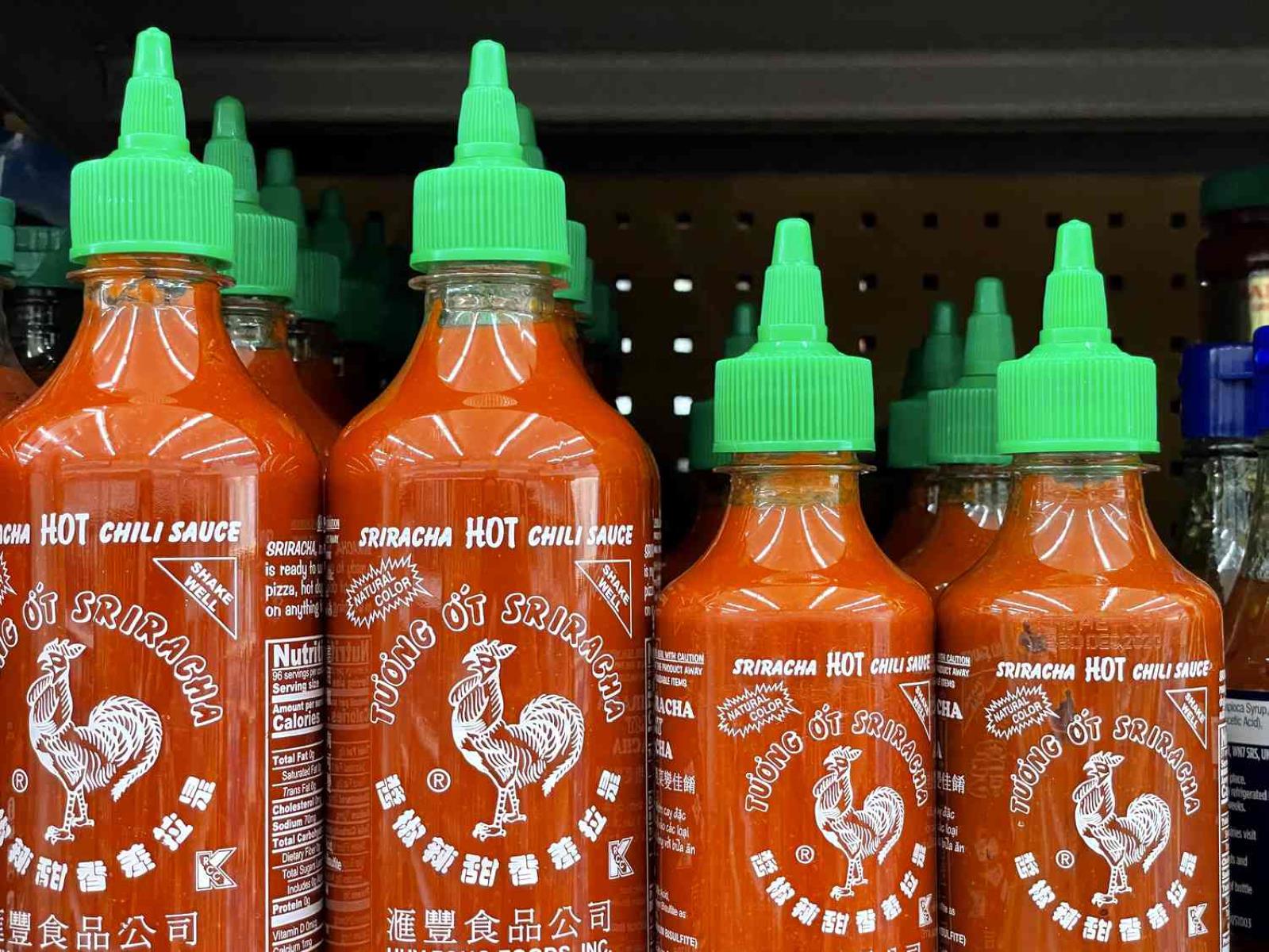
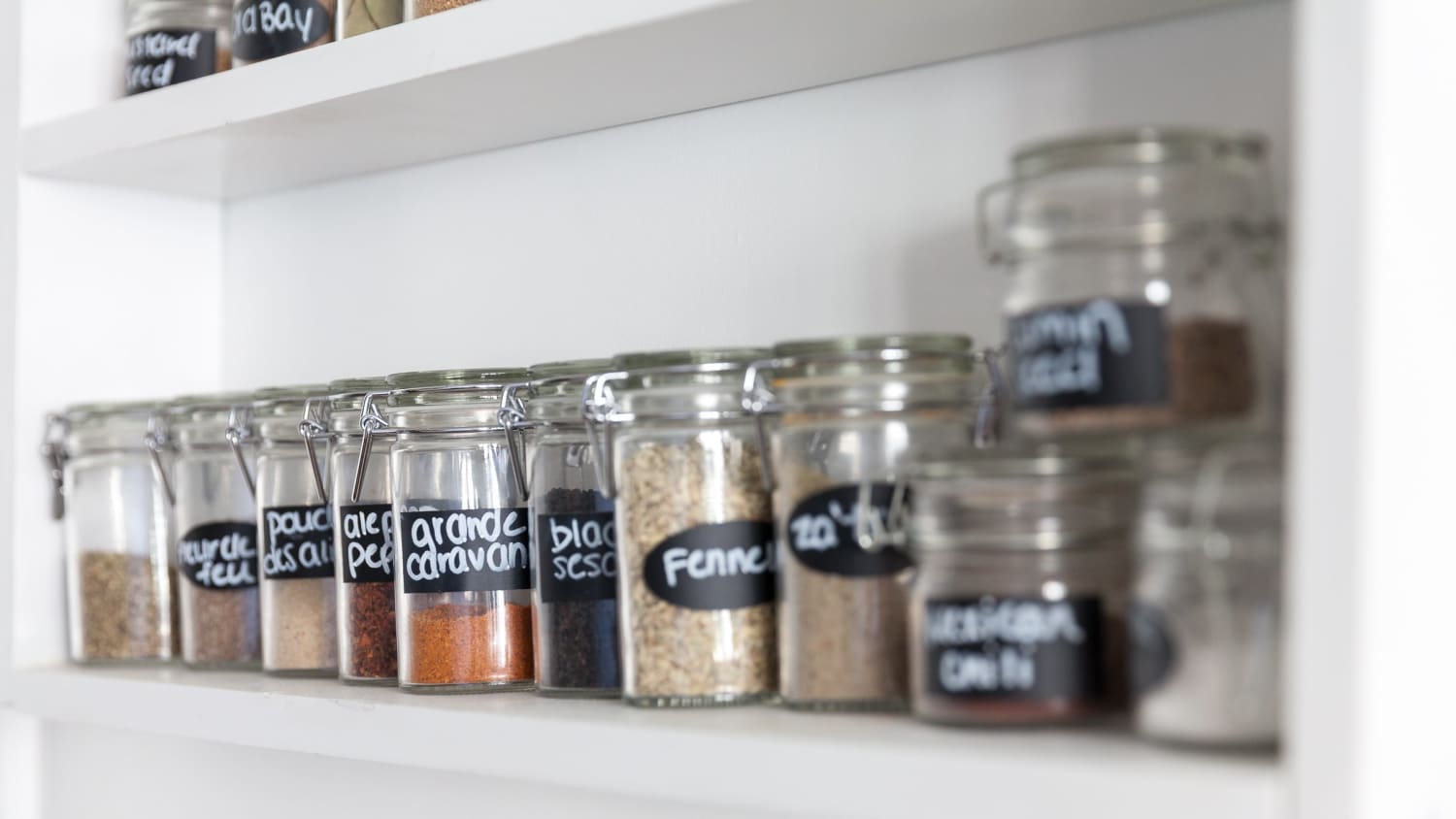
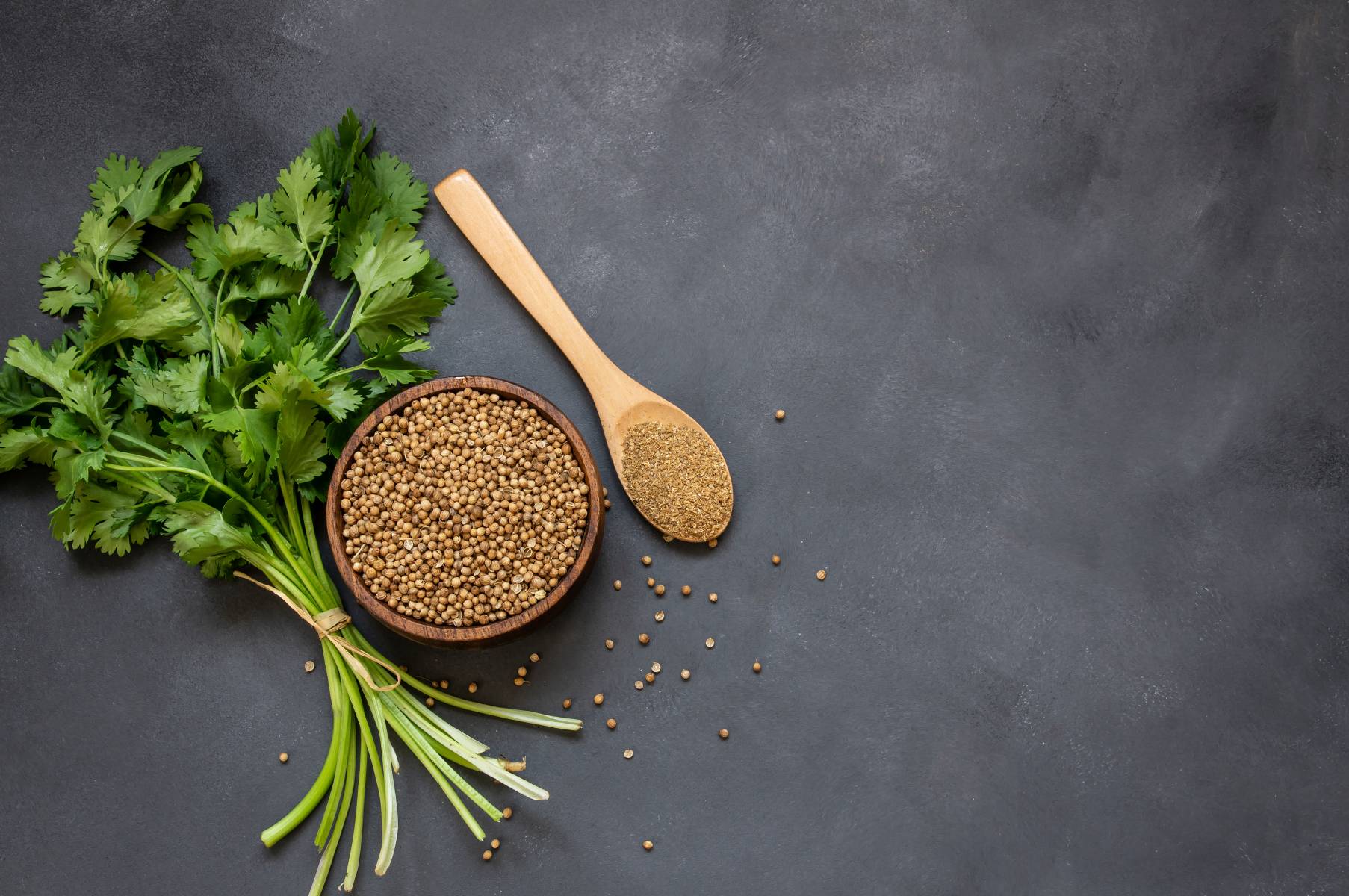
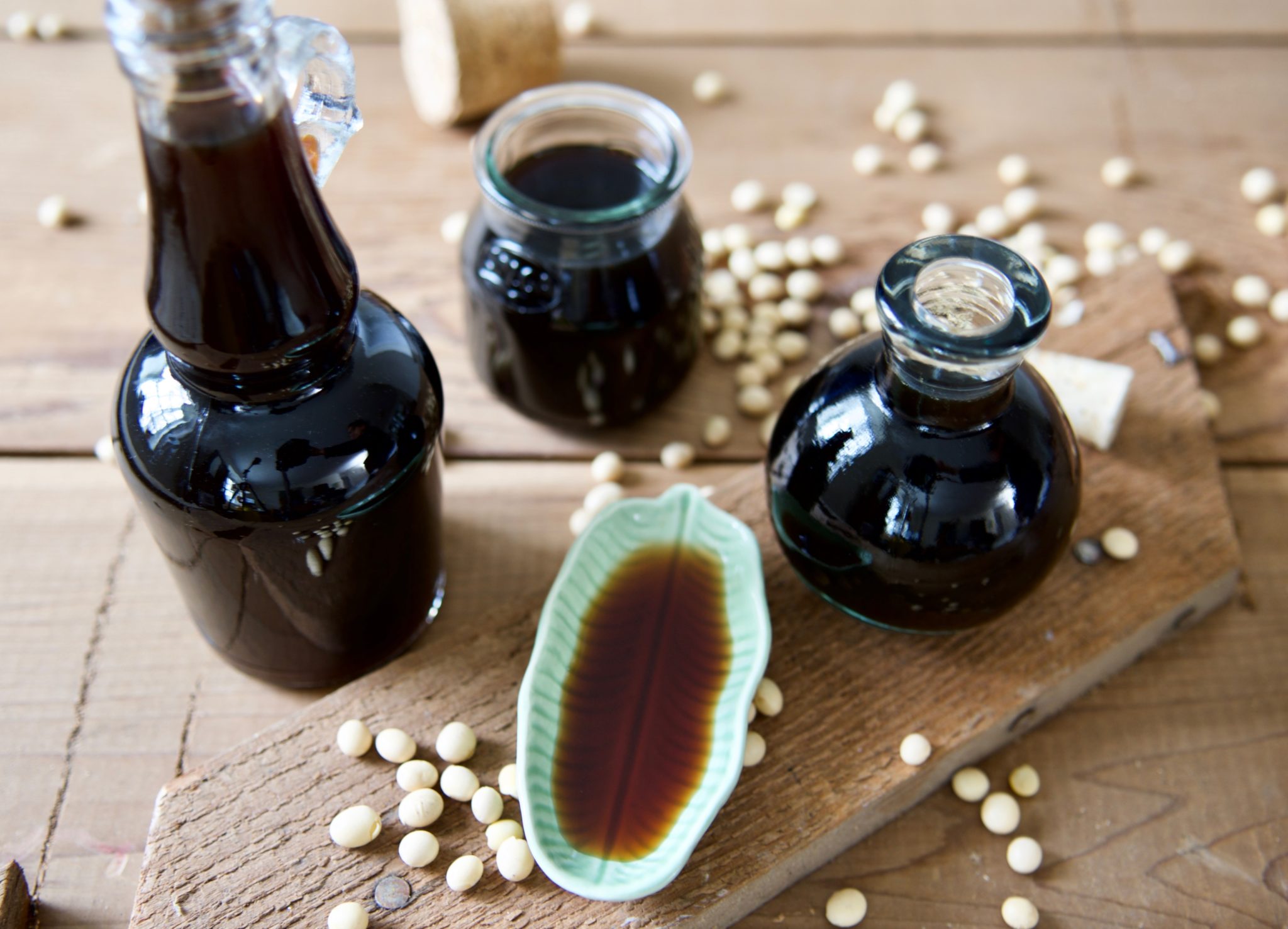
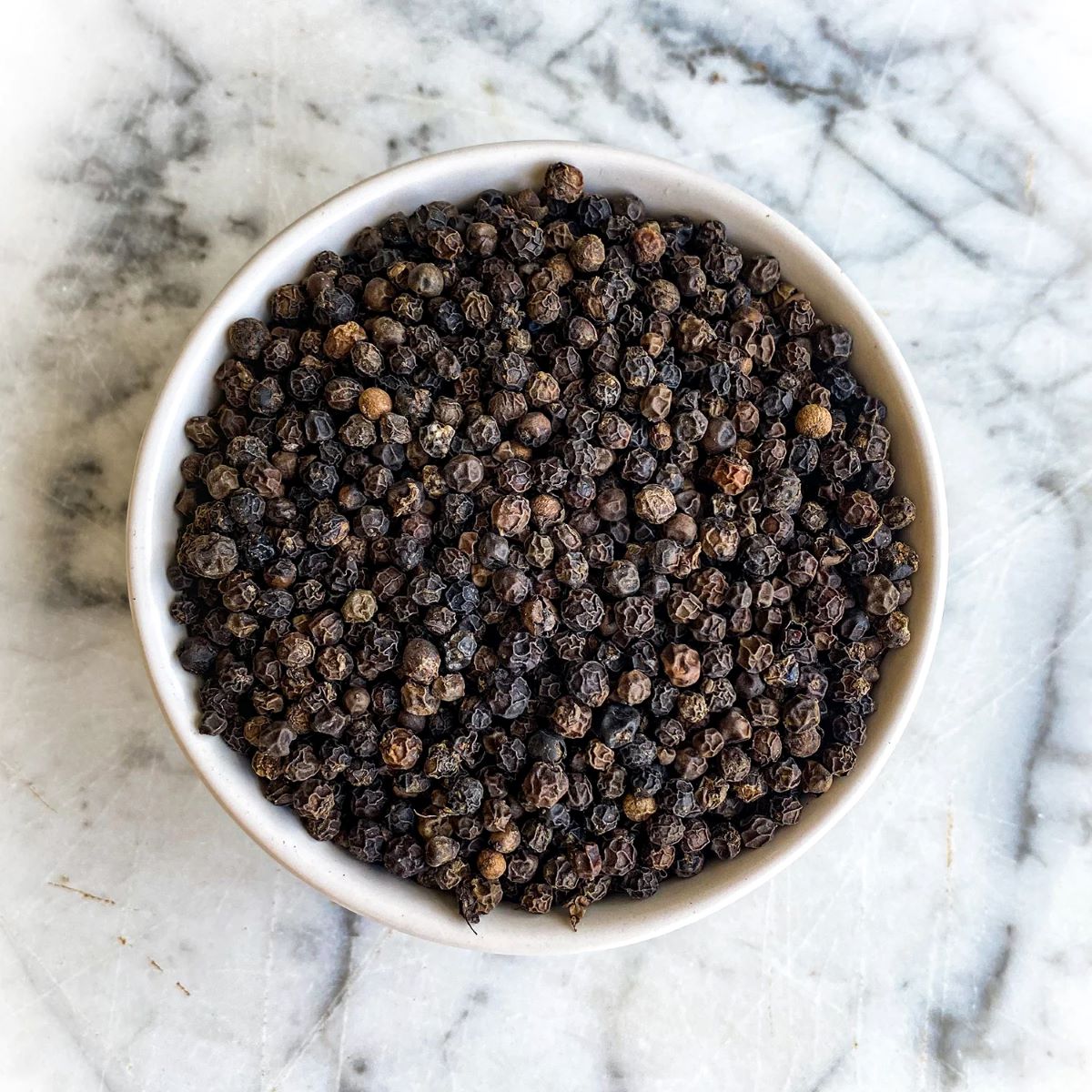
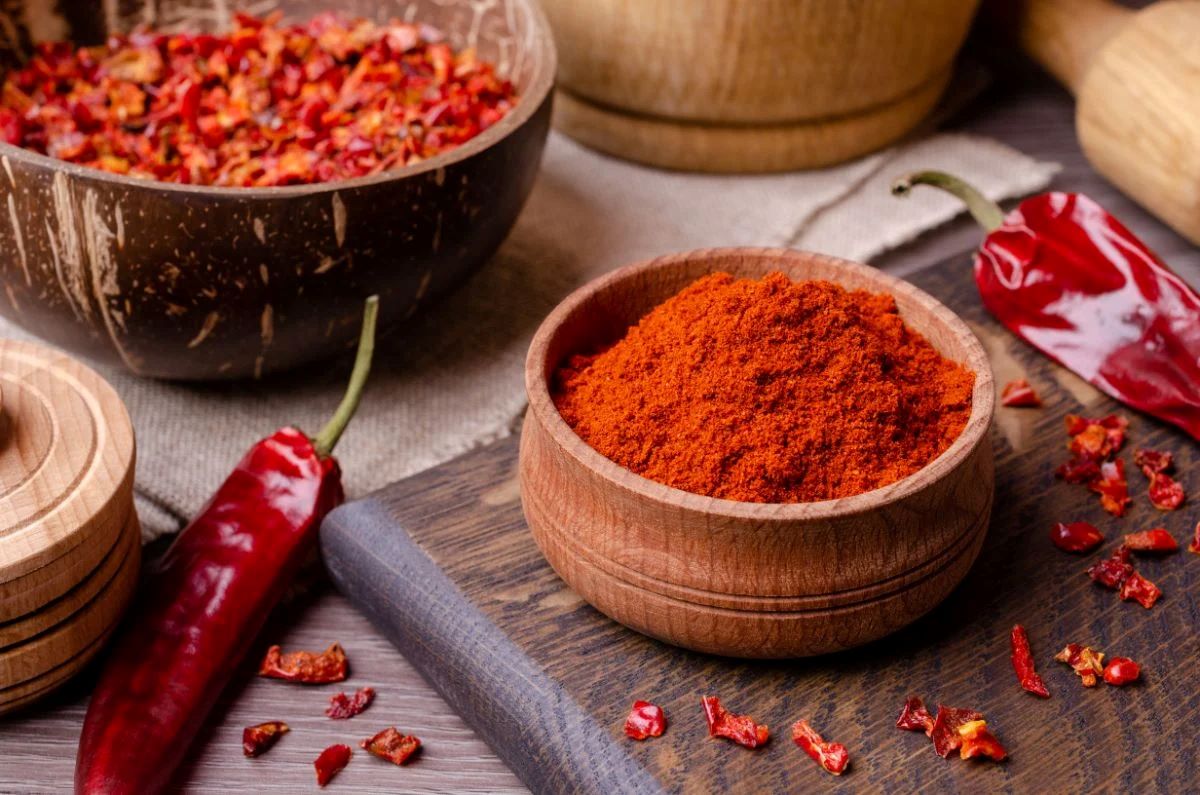
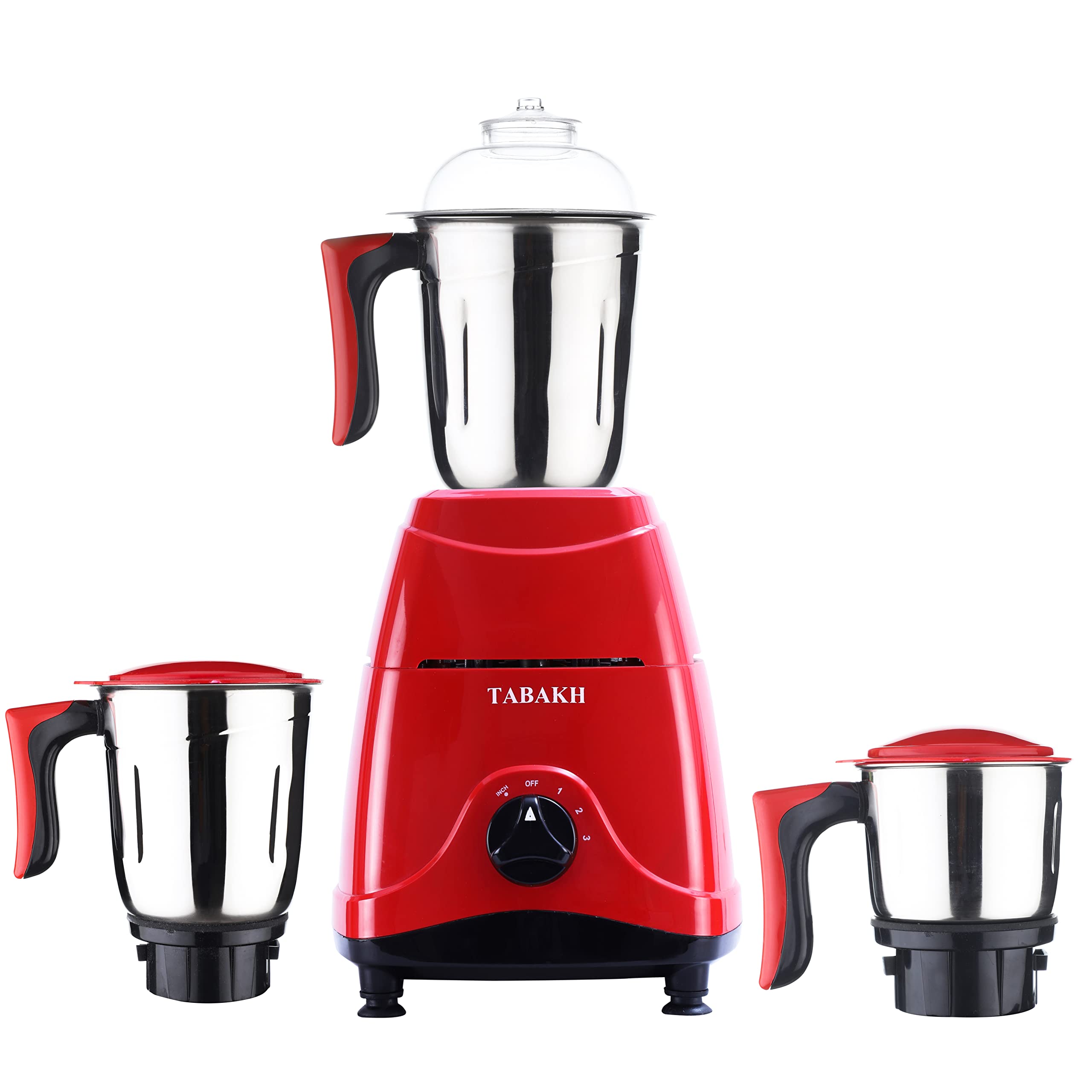
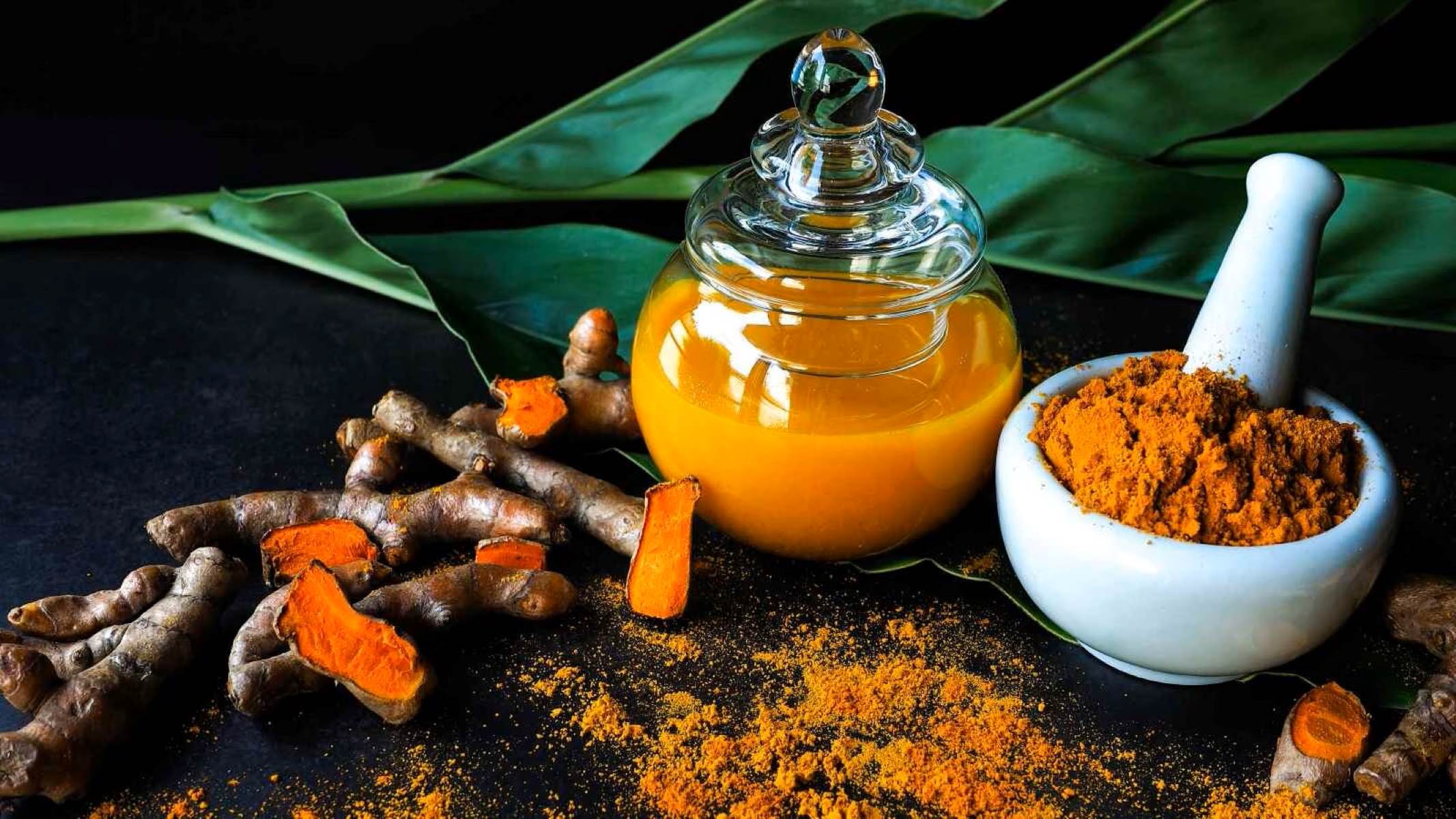
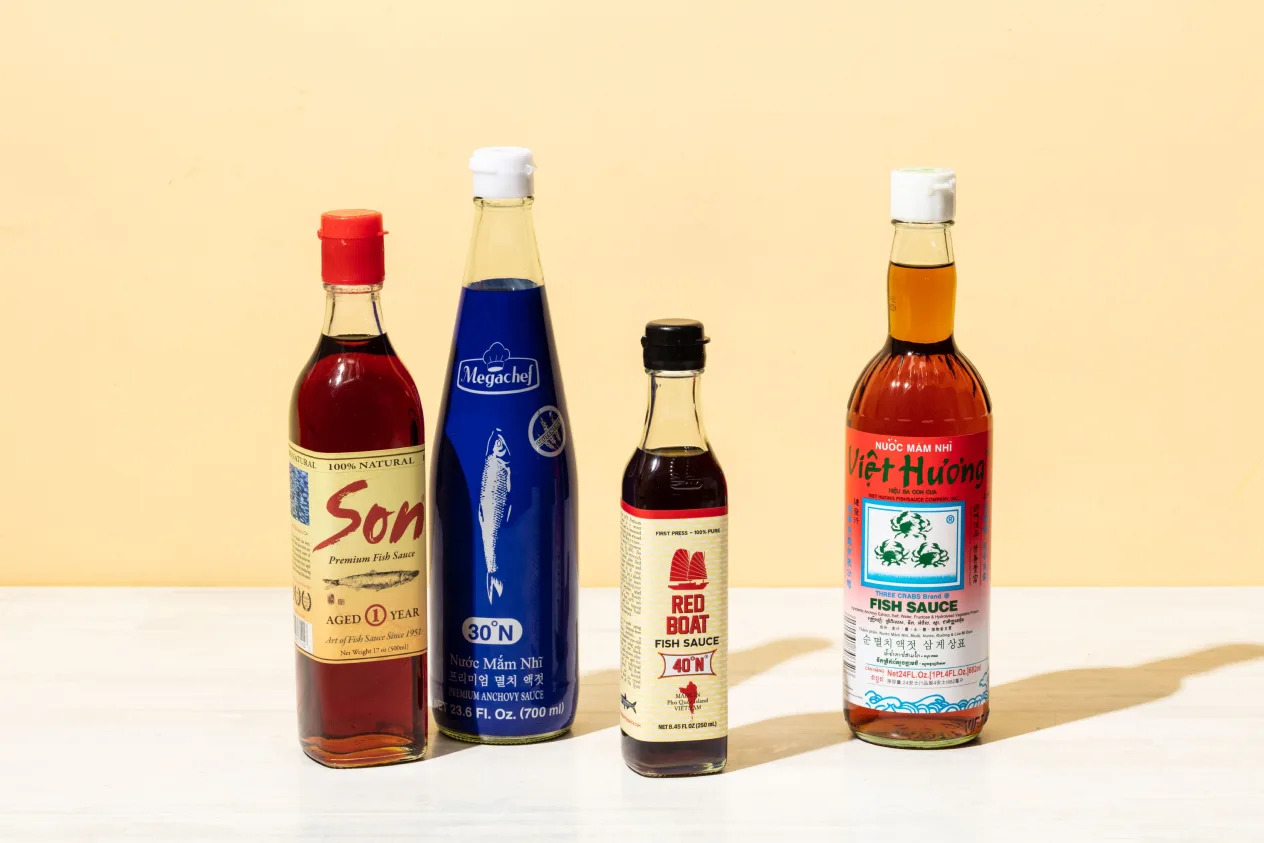
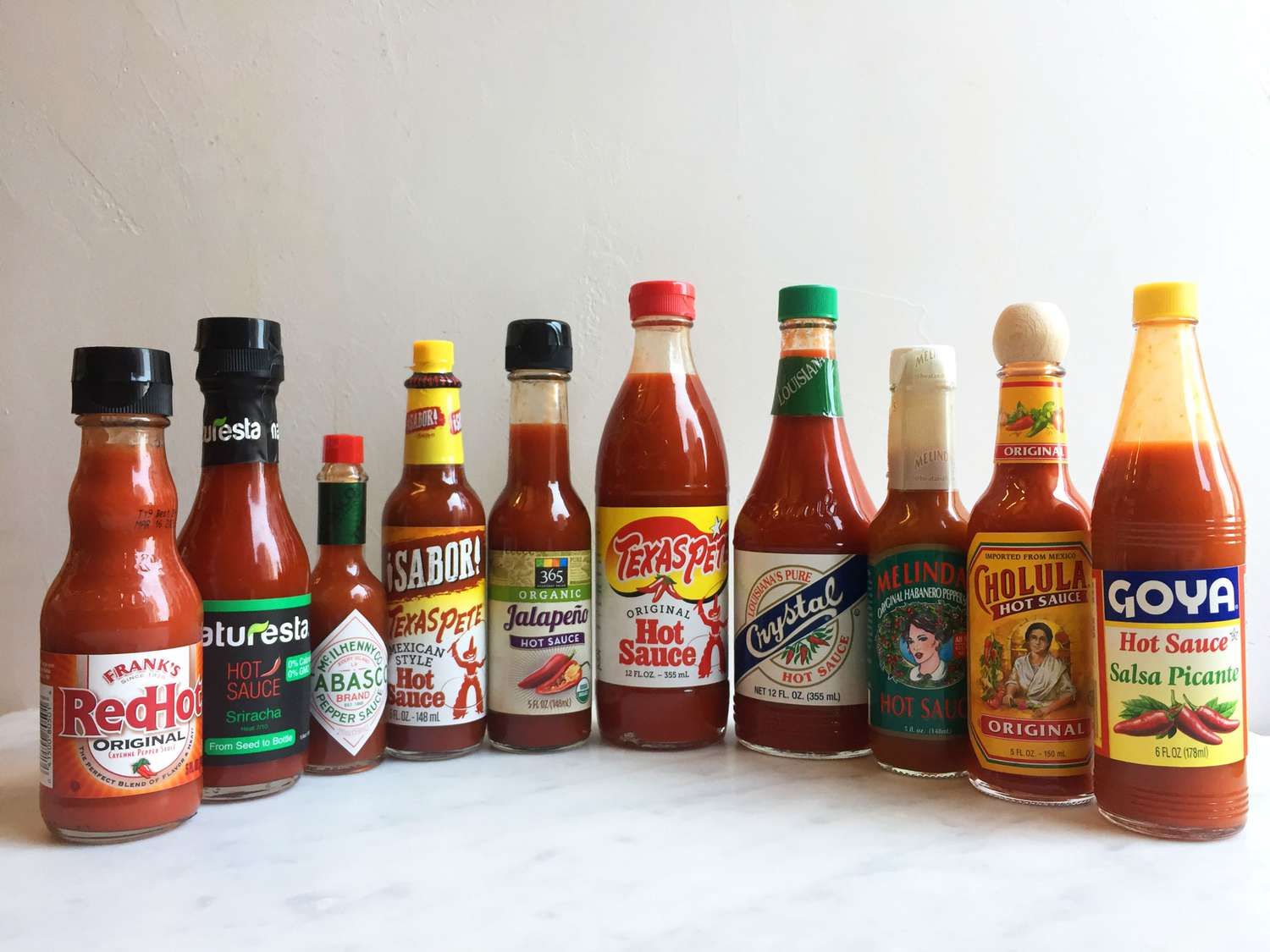
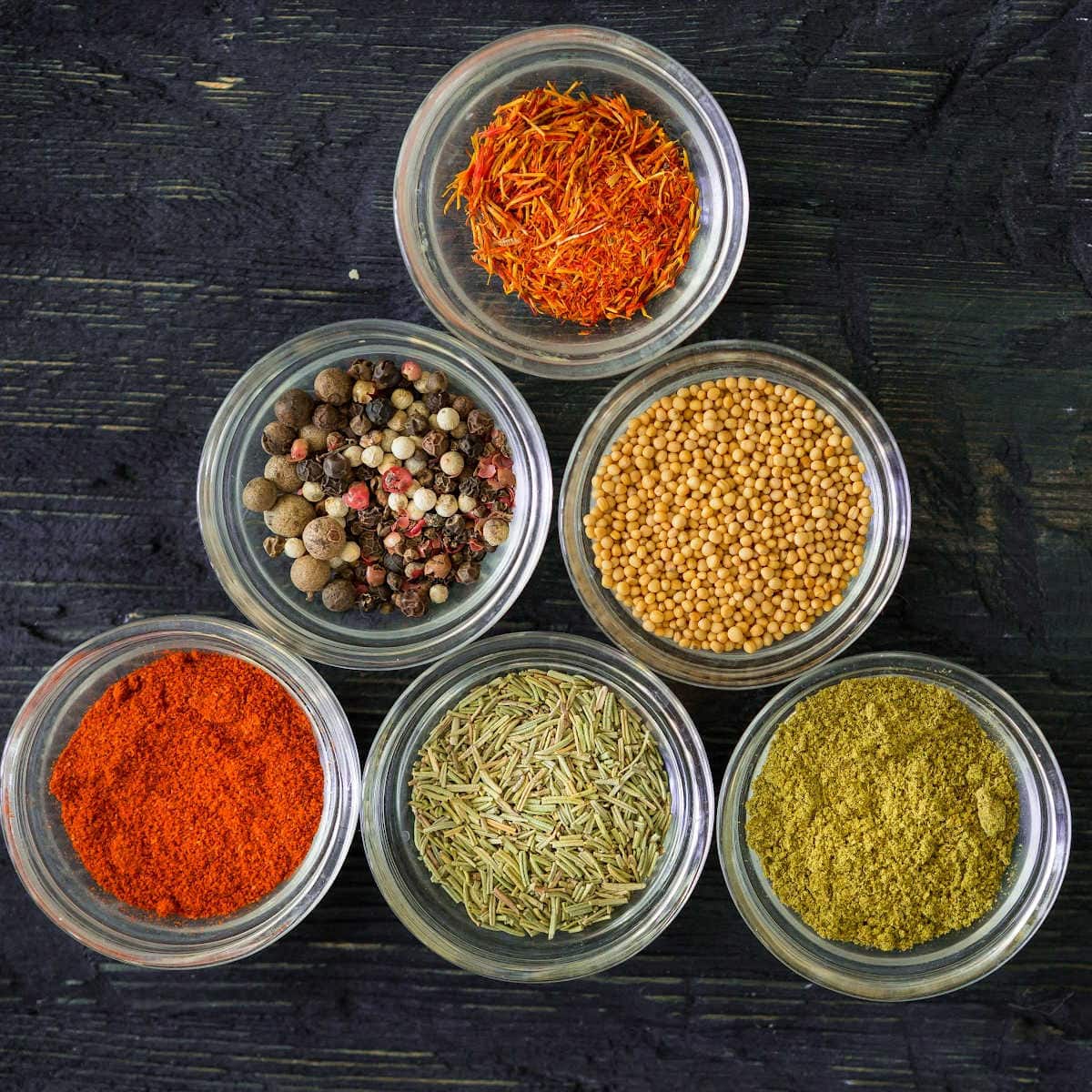
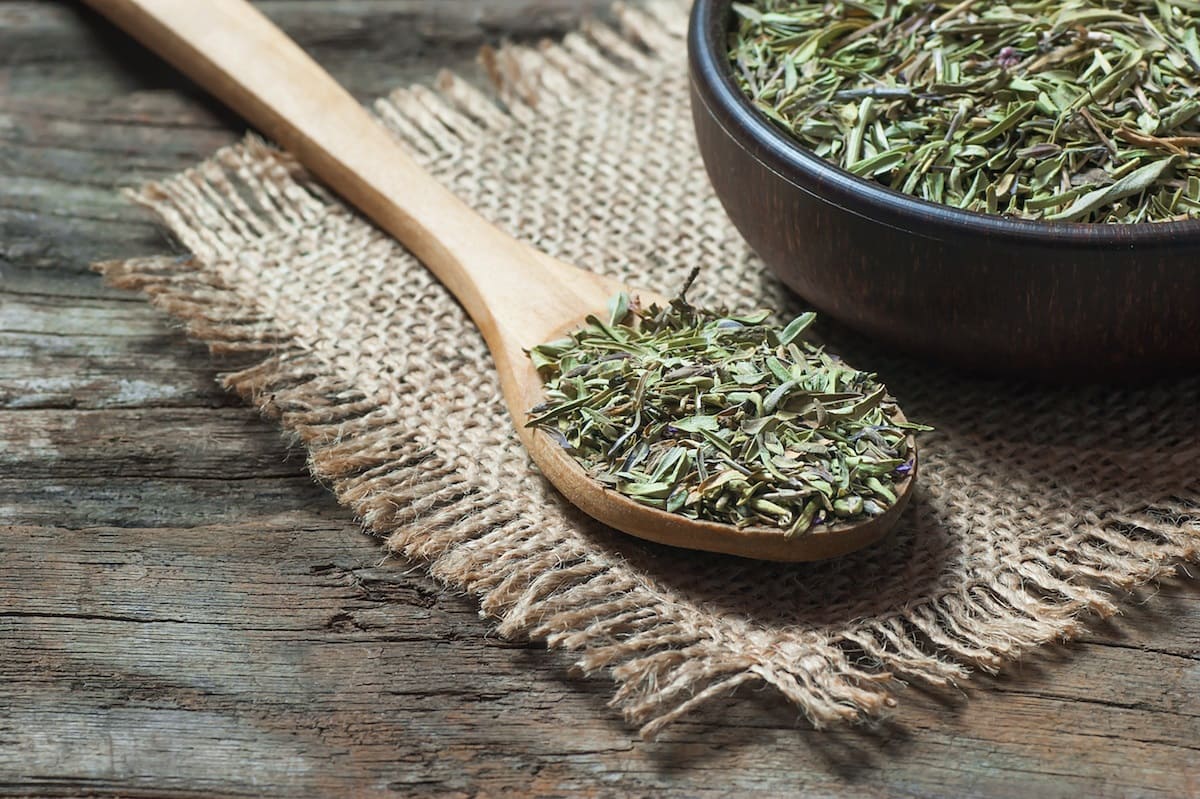
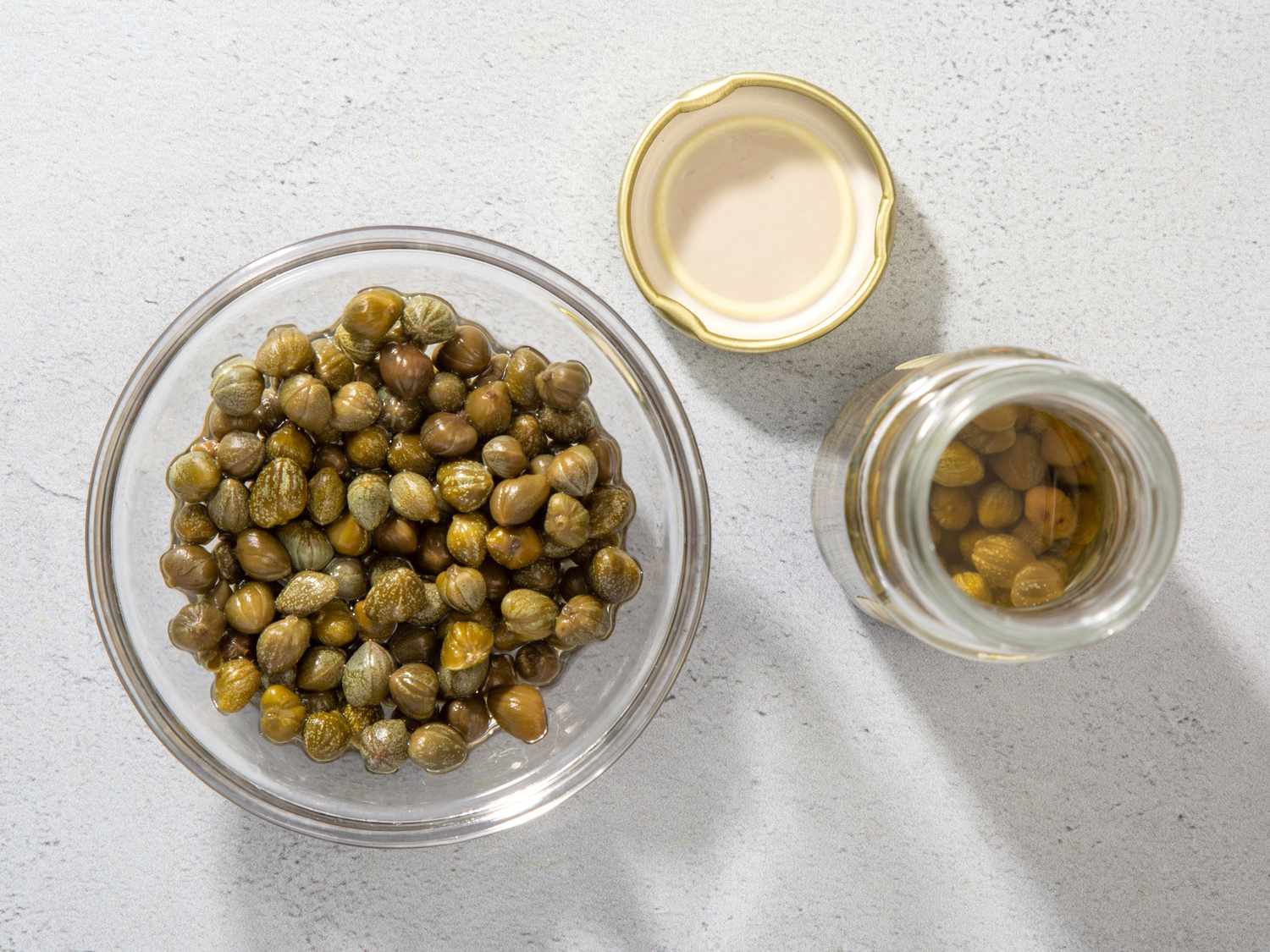

0 thoughts on “How To Store Indian Spices”